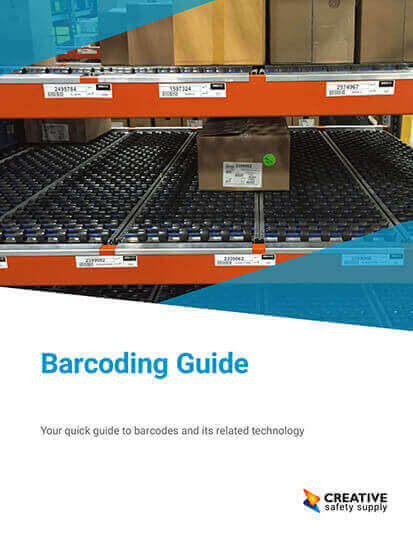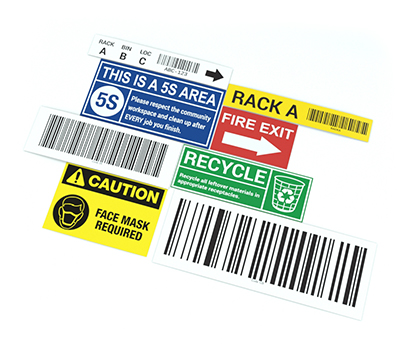
Barcodes are essential to a variety of operations. They are especially integral to merchandise management, and make tracking inventory much easier, faster, and accurate. Barcode technology also has many uses in industrial settings. Although they’ve become part of our daily lives, it can be difficult to understand exactly how barcodes work.
Essentially, barcodes encode information in a visual pattern that’s machine-readable. Whether you use a scanner to scan a traditional UPC barcode on a grocery item, or take a picture of a QR code from an advertisement with your cellphone, all barcodes use patterns to input numerical data quickly and easily. There are a variety of different types of barcodes, but the most common are one-dimensional (1D) barcodes and two-dimensional (2D).
1D Barcodes
Modern 1D barcodes, which consist of vertical black and white stripes, are read horizontally using a scanner in order to transmit information. Scanners emit a laser that detects the pattern of the barcode. The laser picks up on the amount of light that is reflected; the black stripes absorb light, while the white lines reflect it, which is the reason why barcodes are in black and white.
Need barcodes?
Our free barcode generator allows you to create custom barcodes readable with any scanner.
While the reading of barcodes is quite complicated, a basic explanation is that the scanner detects the amount of light and translates it into data using the binary system. The black lines of the barcode are recorded as 1s, and the white lines as 0s, into an on-off, binary pattern. Often, there is a series of numbers along the bottom of the barcode—this is the Universal Product Code, and it allows people to read and type in the product number manually if needed.
2D Barcodes
Also known as matrix codes, two-dimensional barcodes are able to transmit information in two directions: both horizontally and vertically. Hence, they’re able to transmit much more data and are much more complex. Their format is in a grid of black and white, square-shaped dots. The most common type is a QR (Quick Response) code, which you can take a picture of with your smartphone. Other widely-used types are the MaxiCode, used by UPS, and DataMatrix, which was first implemented by the U.S.’s Department of Defense.
Regardless of the format, 2D barcodes contain both data and built-in patterns to help scanners decipher information. Scanners calculate the ratio between the black and white areas, and common features include alignment patterns, finder patterns, data cells, and quiet zones. Given their ability to contain more information, 2D barcodes can be used for a wider variety of applications and are increasing in popularity.
Similar Questions
- What information is included on a barcode?
- How are Barcodes Generated?
- Do Barcodes Work Internationally?
- How do I Verify a Barcode?
- What are the different types of barcodes?
- How to Generate Barcodes in Excel?
- What happens when a Barcode is scanned?
- What are the benefits of using barcodes?
- What is a UPC barcode?


